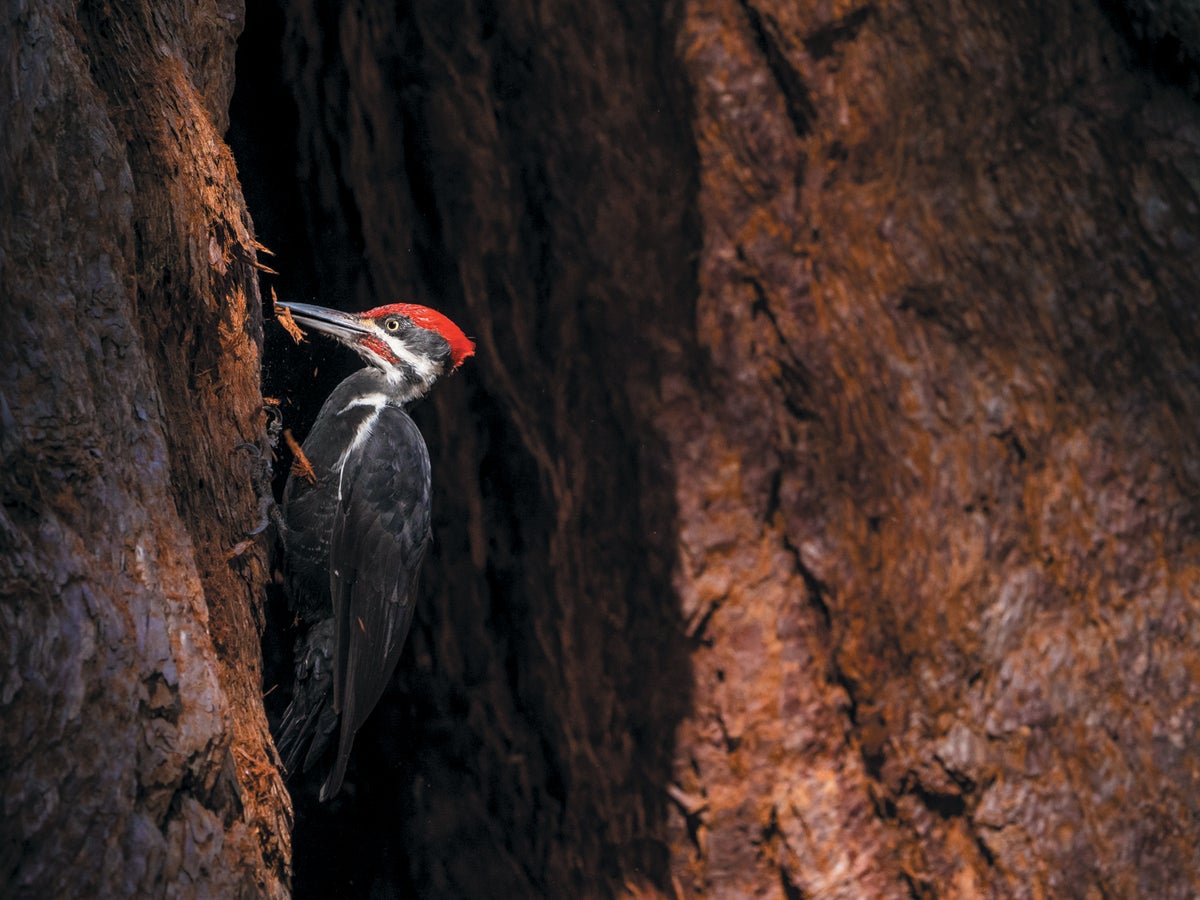Curious Orange
Punxsatawney Phil
This is precisely why you are taught to head through the ball rather than just let it hit you.It can't, unless you are going to fix the brain so that it doesn't move inside the skull. It's not so much the force of the hit being transferred through the skull to the brain, it the fact that the brain floats inside the skull. Think of a person inside a car, in a crash unless the body is secured to the car it will crash into the car because the body continues with the same momentum but the momentum of the car has changed. Hence seatbelts and airbags


